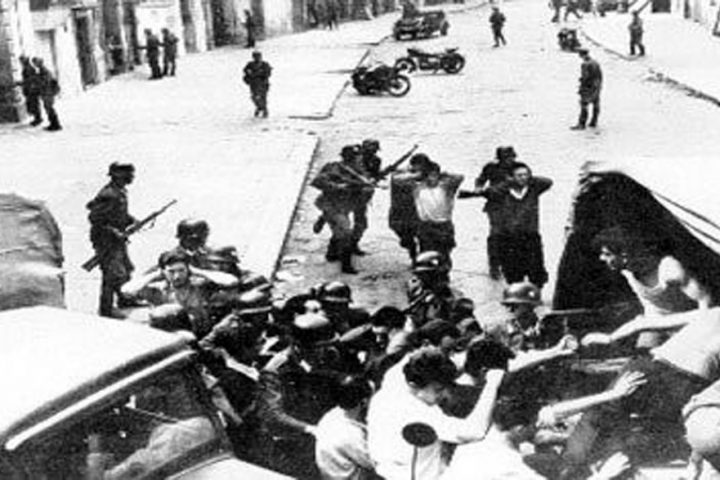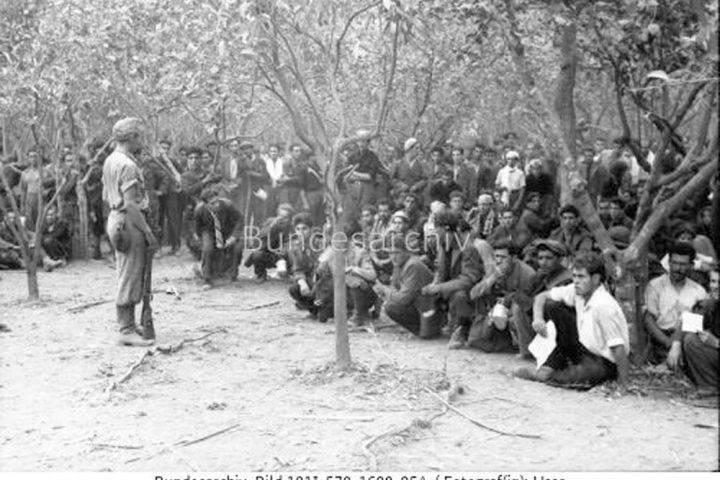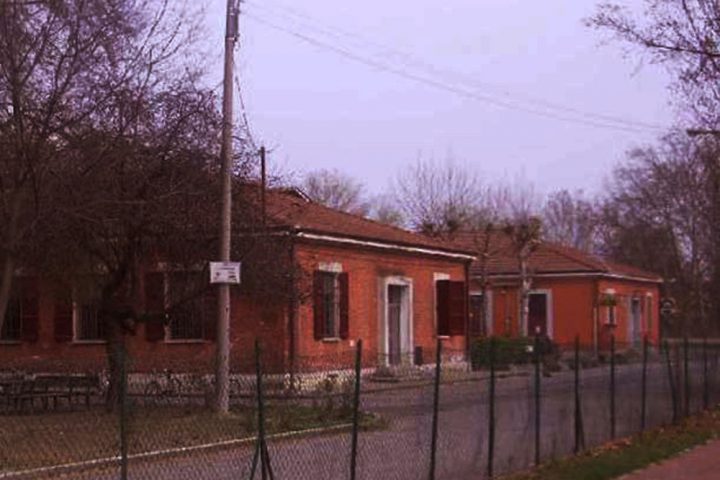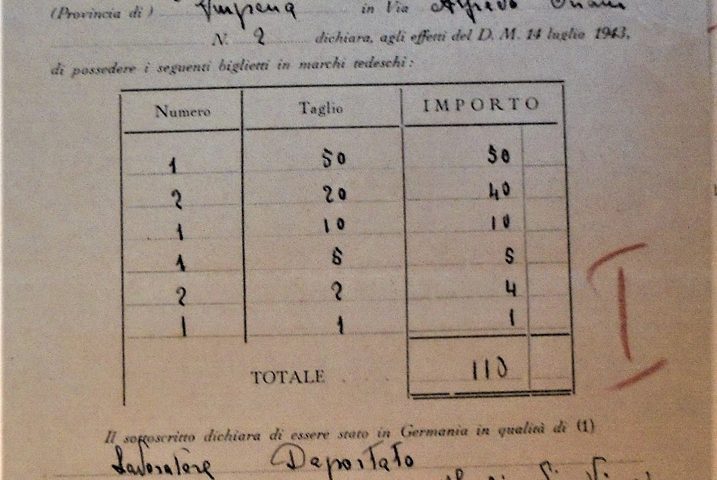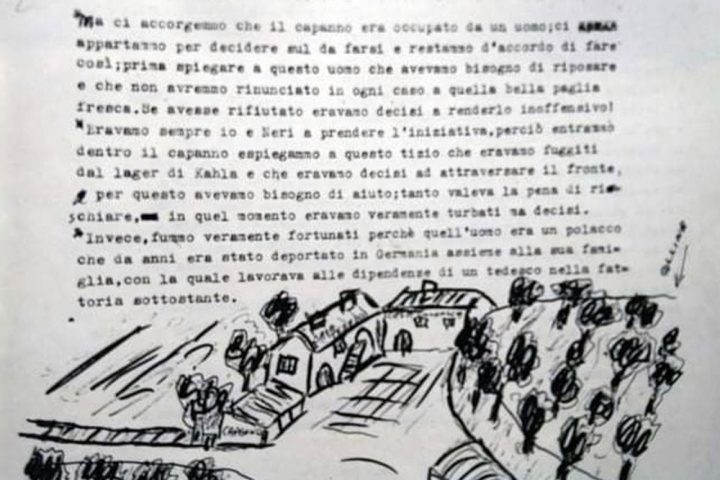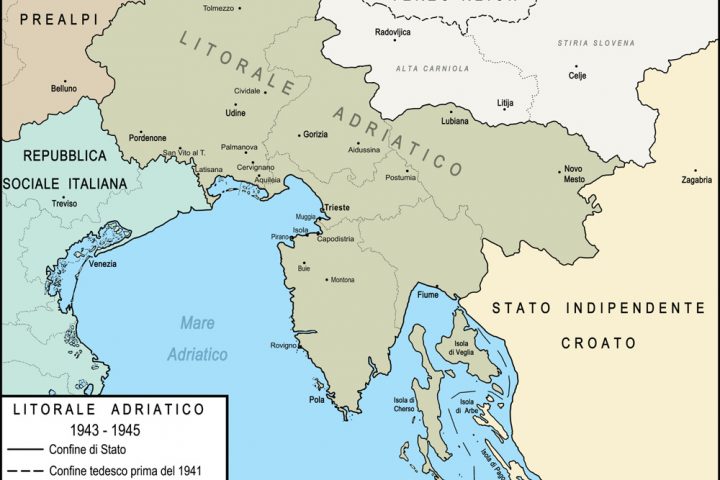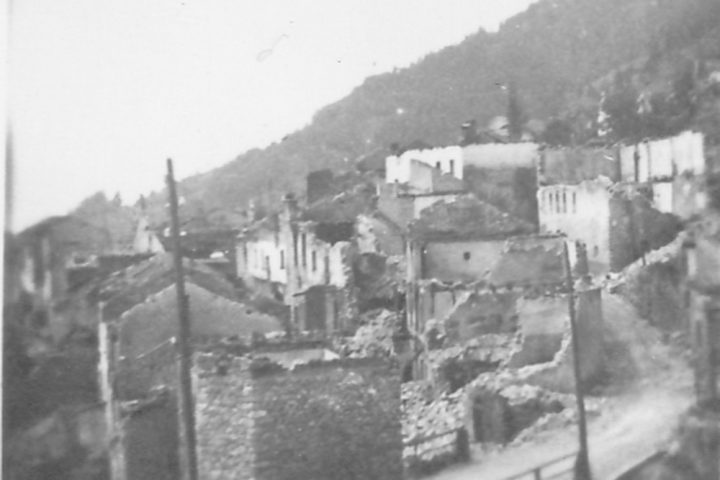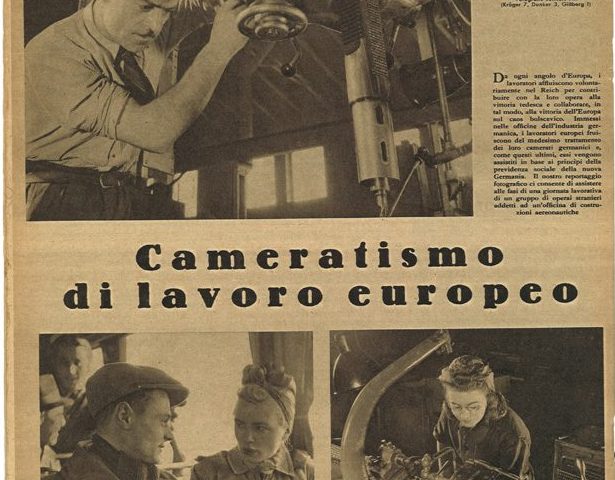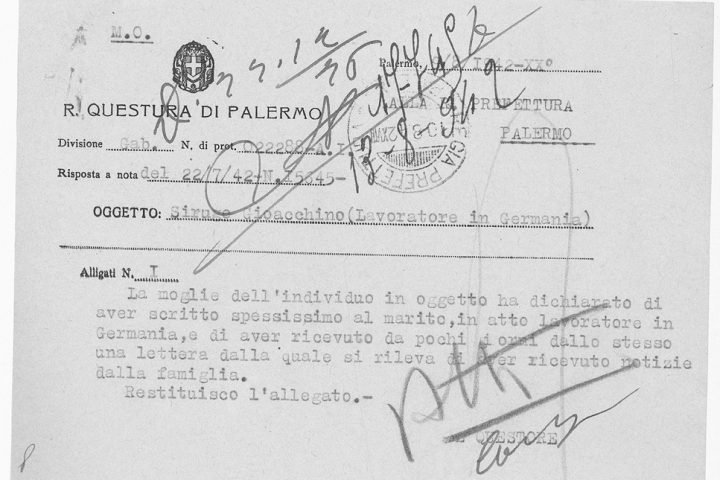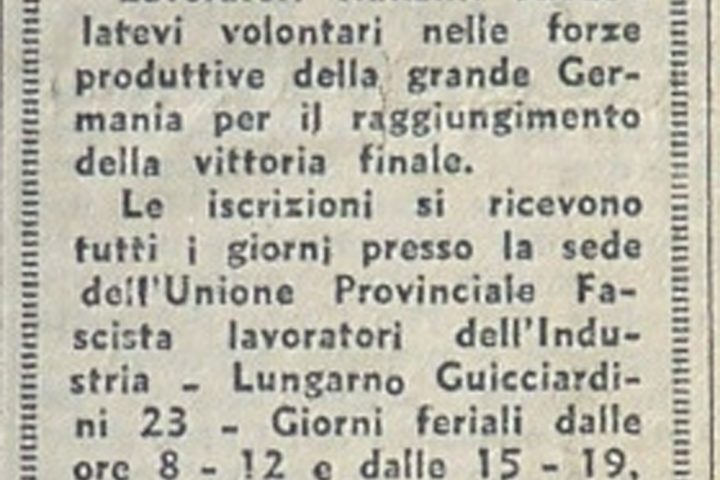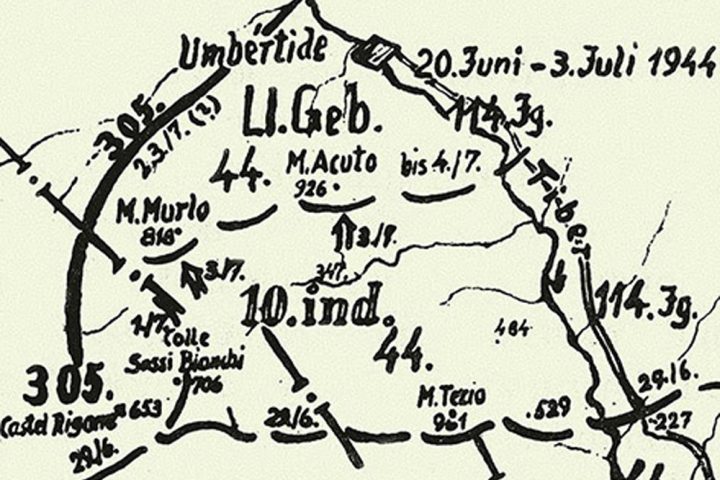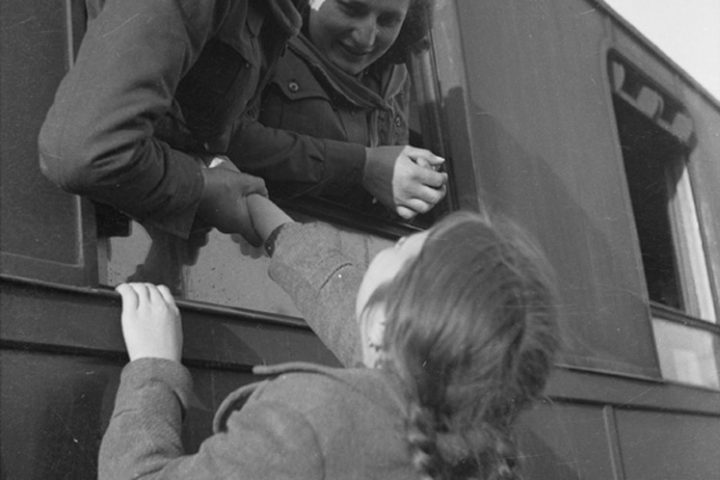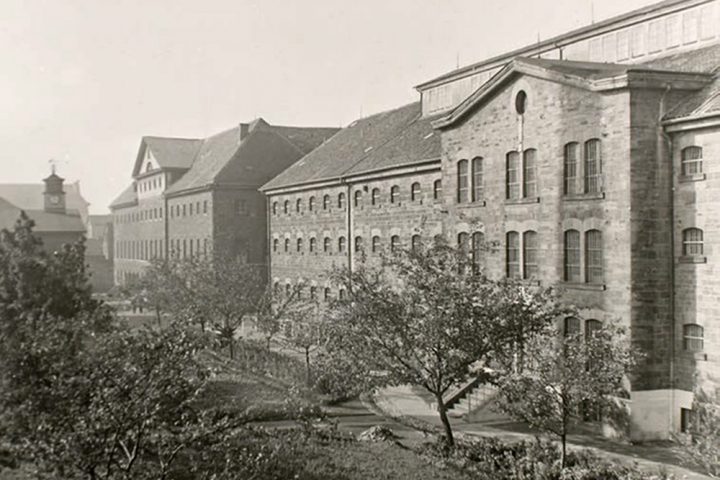TERRITORI
During the German occupation, Abruzzo and Lazio were part of the so-called “Belt of Rome”, and the provinces of these two regions, lying immediately behind the front, depended directly on the local army corps commands. Most of the manpower was used for the construction of the Gustav-Bernhardt line and for…
Calabria, together with Basilicata, Campania, Puglia, Sardinia and Sicily, was one of the regions of Italy that did not experience, or only partially and for a very short time, German occupation and the subsequent construction of the Italian Social Republic. With the exception of Campania, whose northern part was subjected…
At dawn on 23 September 1943, the Wehrmacht launched in Campania what could be considered as the first but also the largest roundup of civilians in the entire period of occupation. In the space of a few days, according to German sources, almost 20,000 men were captured in the territory…
The recruitment of manpower for Germany from Emilia during the two-year period 1943-1945 assumed a wide variety of forms. In the province of Modena, where in the previous five years the bilateral pacts signed between Italy and Germany had seen large numbers of individual workers or peasant families move beyond…
In Liguria, a region characterised by an industrial economy and an unproductive countryside, ALL the practices introduced by the occupying forces and by the Italian Social Republic to drain manpower for the Reich were adopted with varying intensity over time and from place to place: encouragement of voluntary enlistment direct…
Italy’s most important region from a socio-economic point of view, Lombardy was recorded as having a working population involved in industrial production of over one million people, in the last statistical survey prior to the war. In addition to this marked industrial connotation, the region also boasted thriving agricultural production,…
Since the territory of Marche was directly involved in the fighting, the interest of the German army group responsible for southern Italy concentrated on the use of auxiliaries and manpower for fortification and evacuation works, in particular those concerning the construction of the Gothic Line. This partly explains the relatively…
The German occupation of the northern Adriatic area of Italy gave rise to the Operationszone ‘Adriatisches Küstenland’, the ‘Adriatic Coast’ Operations Zone (OZAK), where the suspension of Italian sovereignty resulted in a German civil administration, directly under Hitler’s command. As in other European regions formally or concretely annexed to the…
Following the Ordinance issued by Hitler on 10 September 1943, which divided Italy into “operations zones and the remaining occupied territory”, the provinces of Trento, Bolzano and Belluno – from which the municipalities of Cortina d’Ampezzo, Livinallongo del Col di Lana and Colle Santa Lucia were transferred to the jurisdiction…
Starting from 8 September and for an entire week, the German troops withdrew from Sardinia with the mechanised units of the 90th Panzergrenadier Division, as agreed with General Antonio Basso, for a trouble-free evacuation from the island. There were therefore none of the many tragic episodes that bloodied the Italian…
Sicily, like much of the South, with the sole exception of the province of Bari, did not witness “voluntary” emigration to the Reich until 1940.In the first recruitments of farm workers, in fact, the Germans sought skilled labour for the cultivation of beets and potatoes.Only later, from 1941 onwards, did…
The Turin area, like the whole industrial triangle, had enormous importance in the recruitment of manpower for Germany, both before and after 8 September 1943. After the armistice and occupation, Piedmont was the fourth most important region of Italy in terms of numbers of workers sent to the Reich, with…
Also in Tuscany, operations aimed at recruiting manpower began shortly after the arrival of the occupiers. The German and Italian authorities moved on several fronts: first of all, an attempt was made to recruit voluntary workers through an intense propaganda campaign, which envisaged, on the one hand, the mobilisation of…
The German occupiers, in sometimes tense collaboration with the Italian Social Republic’s provincial head Armando Rocchi, engaged in massacres, attacks, and shootings, as well as roundups in the areas where partisan brigades operated, in order to provide forced labour for Germany. The individual cases of forced labour shipments would mainly…
Veneto, where German occupation began on 10 September 1943, was immediately considered a valuable reservoir of manpower to be employed in the territories of the Reich, and later, in the face of a possible Allied advance, in the construction of defensive works locally. Despite the repeated job advertisements, and working…
The inmates in RSI prisons and penitentiaries, for both common and political crimes, were targeted for the mass recruitment of workers to send to the Reich. An initial agreement between the RSI Ministry of Justice and the German rapporteur for Justice in Italy of the Ambassador Rudolf Rahn, Günther von…
